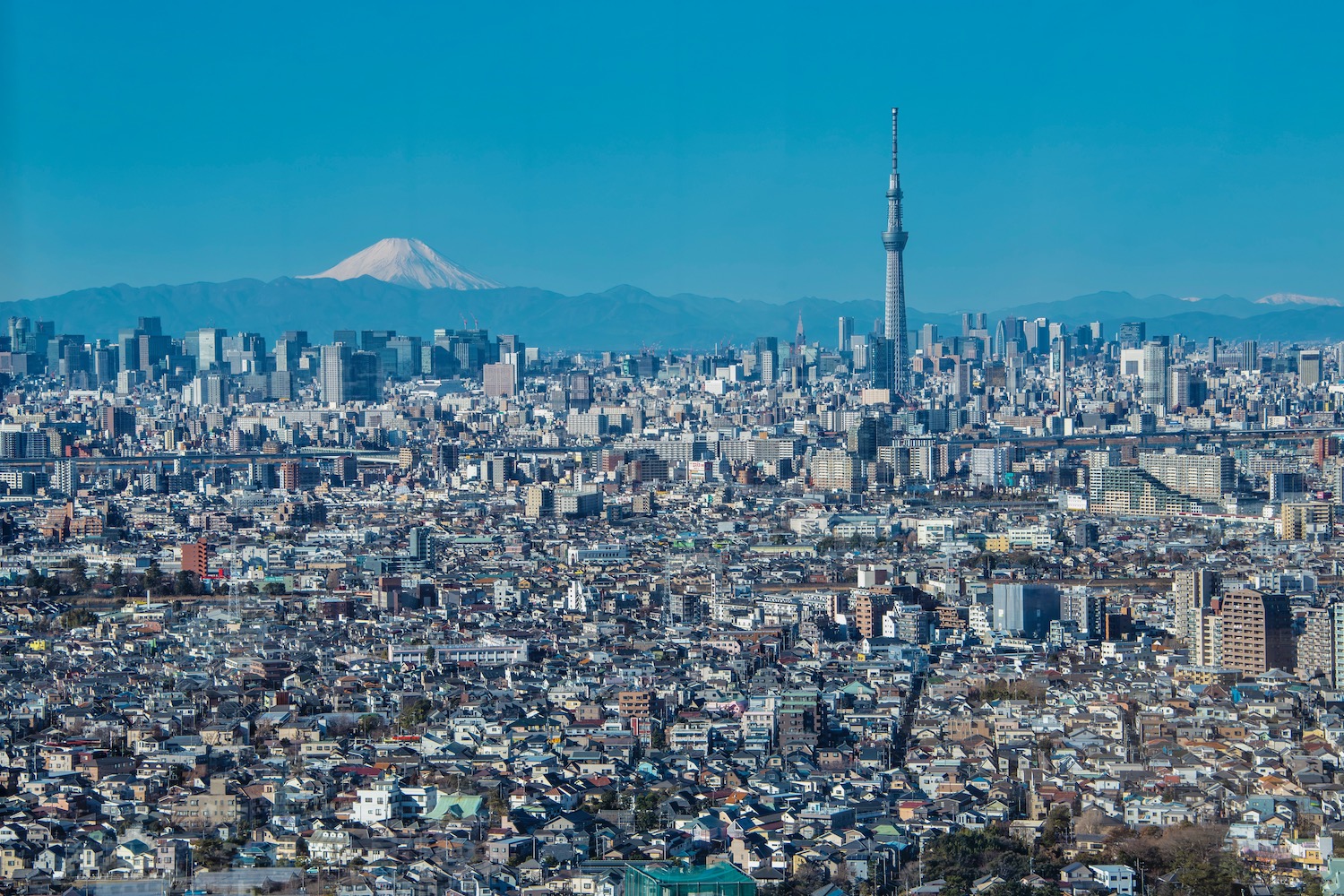Many of my private clients have one of two reactions to Tokyo. Some of them are simply intimidated and overwhelmed. “Tokyo is just so huge,” they’ll often say, in so many words. “I just don’t feel like there’s a way for me to see it all in only a few days.”
The others? They couldn’t care less about Tokyo. “I’m visiting Japan to be in Japan,” they’ll explain, confident and almost cocky. “Why would I want to waste my time in a big, modern city?”
With this Tokyo travel guide, crafted carefully (and refined often) after more than a decade of visiting the world’s largest city, I aim to please both of these extremes—and everywhere along the continuum. Let’s get started, shall we?
Where to Stay in Tokyo
As you might imagine, I’ve got quite a list of Tokyo hotels that I love. On the higher end, properties such as Hotel the Celestine Ginza and The Tokyo Station Hotel are favorites of mine (and my clients’). Both are extremely close to major Tokyo train stations, in addition to being luxurious, classy and spacious, the latter of which is really what constitutes “luxury” in Tokyo.
In the mid-range, I like properties such as Hotel Gracery Shinjuku (which sits beneath a giant Godzilla head), Hotel Allmanda in upmarket Aoyama and Mimaru Tokyo Asakusa Station, an apartment-style accommodation just steps from Senso-ji temple. Finally, if you’re looking to save money, business hotels like Sotetsu Fresa Inn (I like the one between Kanda and Otemachi stations) and the Nine Hours Hamamatsucho “capsule hotel” are a good option.
My Favorite Things to Do in Tokyo
Start early (but not too early) at Tsukiji Outer Market
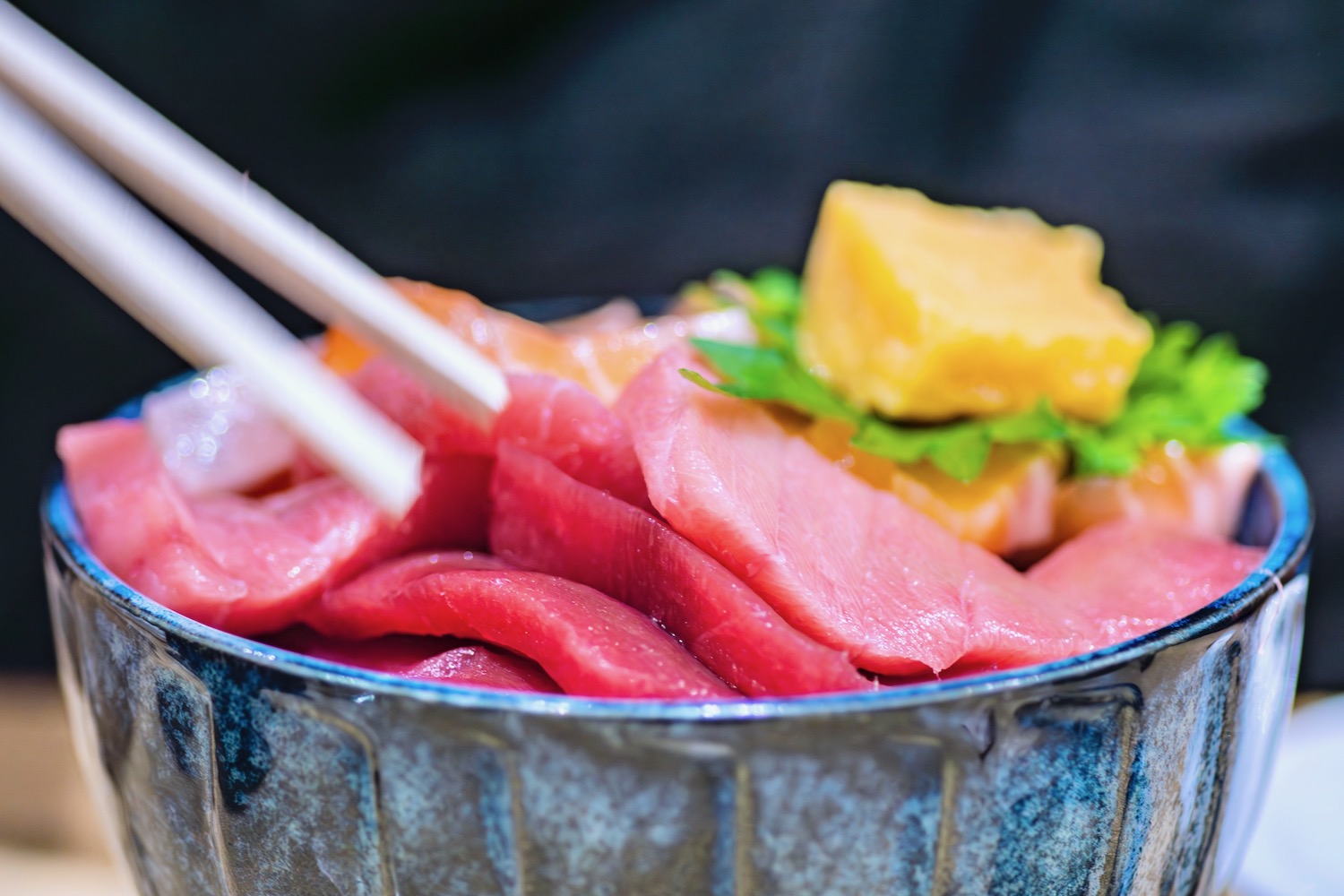
The bad news? Tuna auctions no longer take place at Tsukiji Inner Market, located in Tokyo’s harborside Minato ward—it closed in 2018; the auctions moved to Toyosu Market (which, frankly, is not a great replacement). The good news? You can get up at a more humane time (the auctions took place at 4 AM) in order to eat your way through Tsukiji Outer Market, which is still open, whether or not you have “sushi for breakfast” (as one does).
Go back in time in Asakusa

The next phase of your Tokyo itinerary is the first illustration of a key concept I use to demystify the place: Namely, that Tokyo is better thought of as many small cities pasted together than one large one. Ancient Asakusa, to be sure, feels (and is) centuries away from the modern parts of Tokyo, whether you’re peeking into local shops along Nakamise-dori en route to Senso-ji (Tokyo’s oldest temple), or riding a rickshaw through alleys.
Feel like a kid again in Harajuku and Shibuya
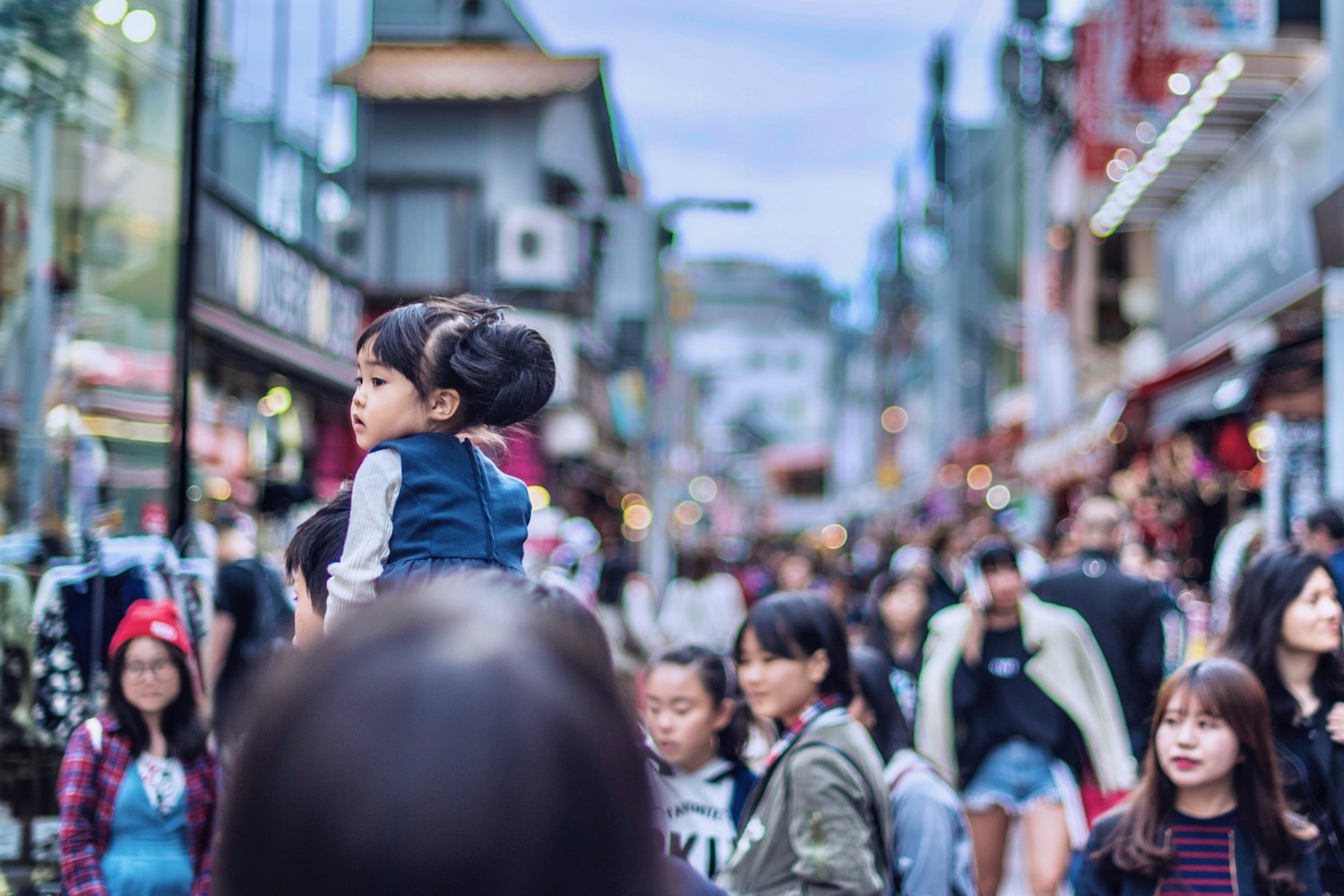
After an optional trip up Tokyo Skytree in nearby Oshiage, ride the Tokyo Metro Ginza Line westward. Get off in Harajuku, where you can marvel at fashion and snack on Japanese-style crepes along Takeshita Street. Then, after an optional stop at Meiji Shrine, ride the JR Yamanote Line down to Shibuya, whose world-famous pedestrian crossing speaks for itself, whether or not you ascend Shibuya Sky to see it from above.
Walk beneath neon signs in Shinjuku, Akihabara or Roppongi
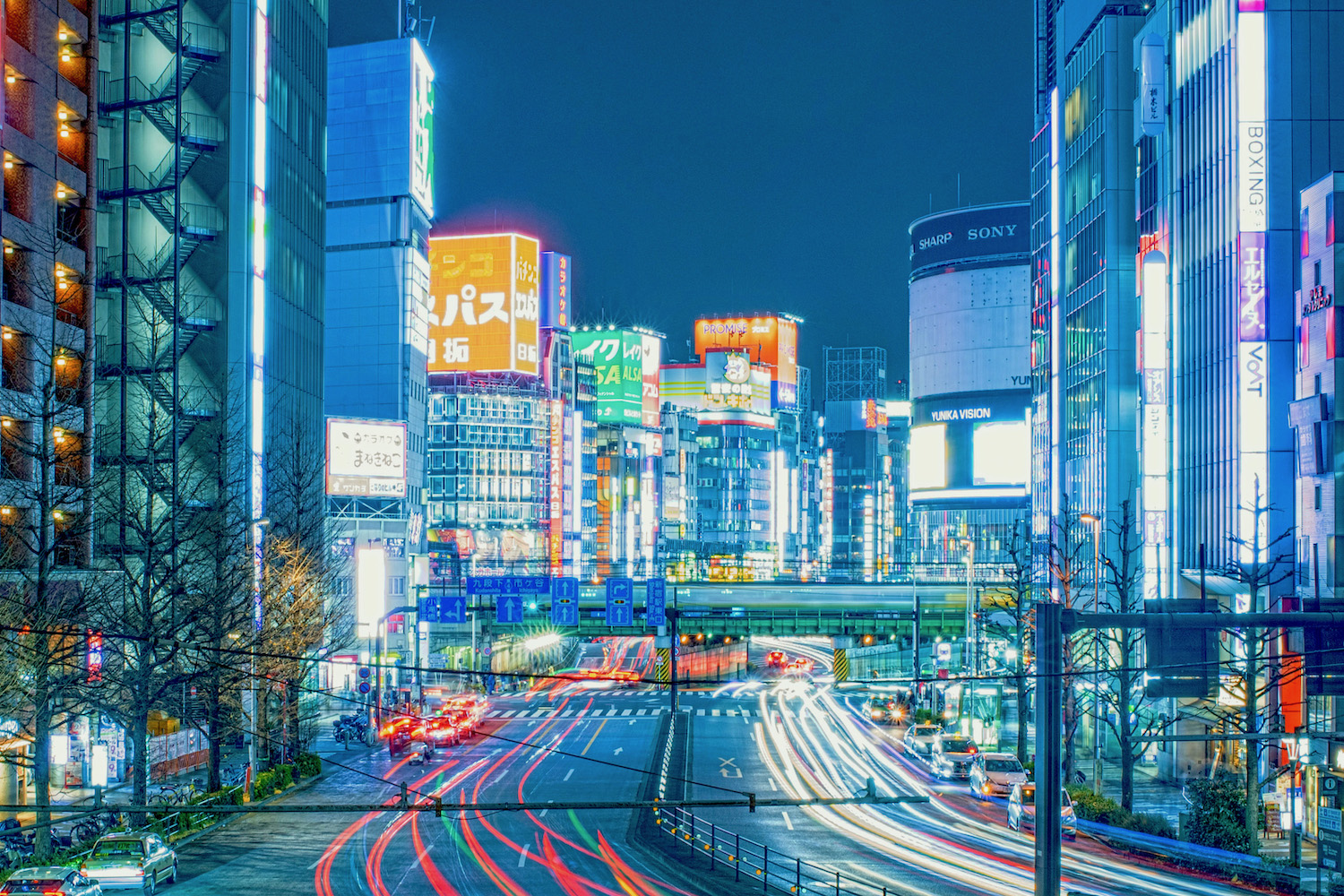
When it comes to what to do in Tokyo in night, you have a few options. Following the Tokyo itinerary I’ve laid out above, the easiest option is to ride the Yamanote Line up to Shinjuku Station, and walk along Omoide Yokocho alley or through neon-lit Kabukicho. Continue from there via the JR Chuo-Sobu Line to the anime-and-manga hub of Akihabara, or via the Toei Subway Oedo Line to Roppongi, Tokyo’s nightlife (or, at least, nightclub) hub.
Explore Tokyo off the beaten path
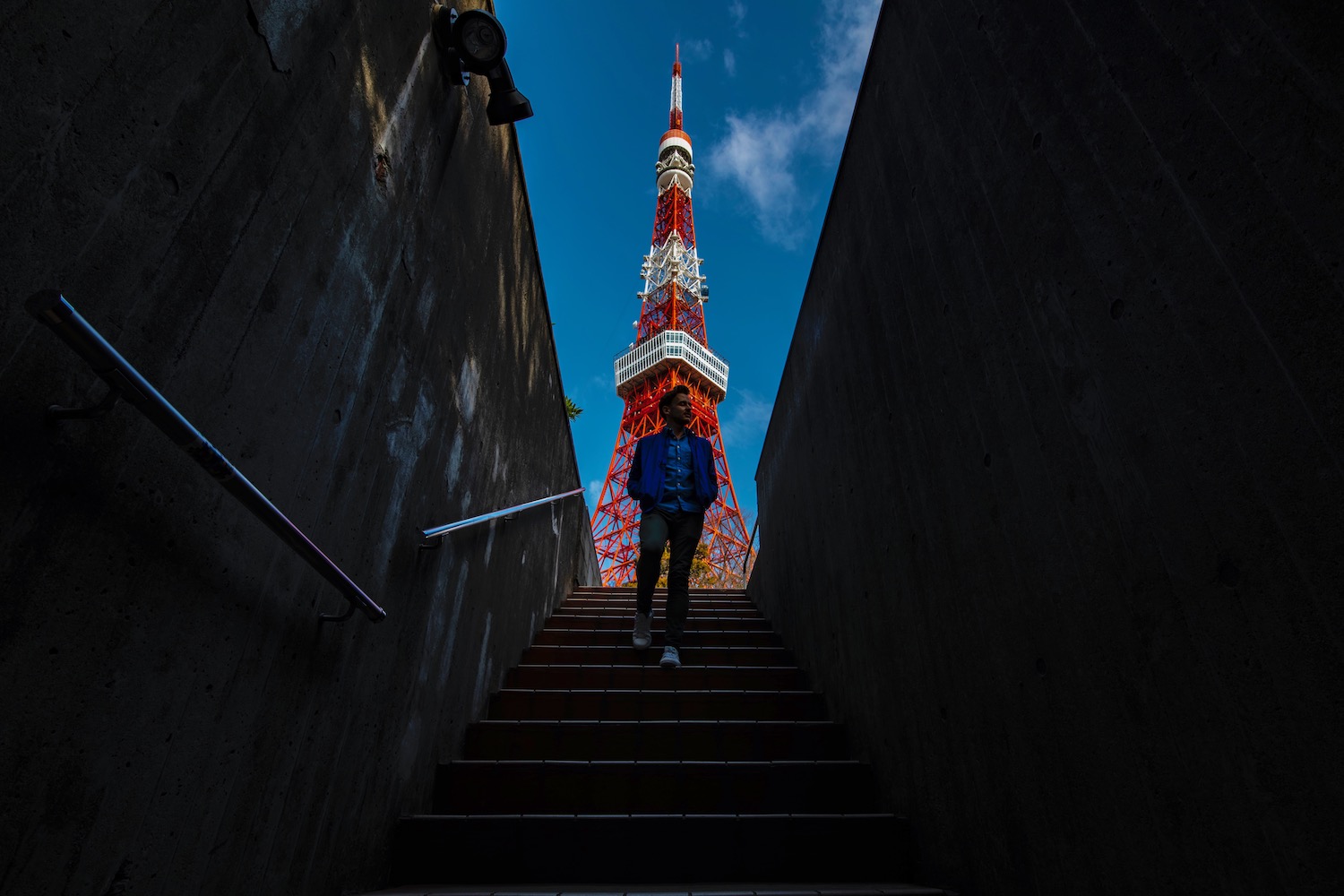
Many people claim to have knowledge about Tokyo off the beaten track, but in my not-so-humble opinion, few know what they’re talking about. For me, it’s all about degrees. For example, neighborhoods like sumo-focused Ryogoku, Bunkyo (where you find Koishikawa Koraku-en garden) and ancient Yanaka are on the boundary of this designation. The same could be said for Mita, the industrial yokocho-filled area south of Tokyo Tower.
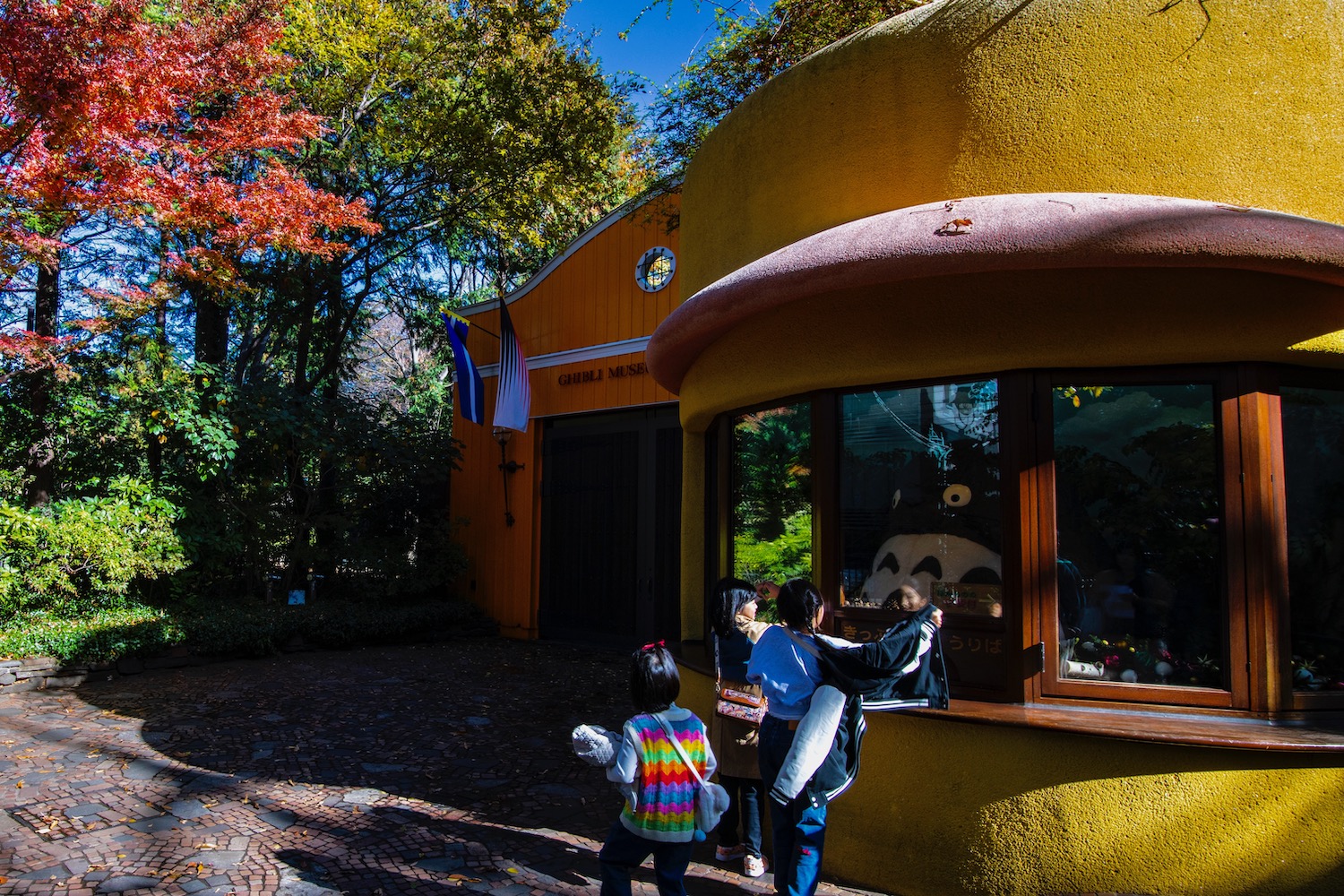
To truly head off the beaten path, you need to head north into the Adachi and Arakawa wards (TIP: Riding the Toden Arakawa streetcar is a charming experience, to say the least), eastward into local Koto or westward past Nakano to Mitaka, where you find the Ghibli Museum or even all the way to Mt. Takao (although that’s far enough that it might be considered a day trip—more on those in a second!).
Use Ginza and Ueno as gateways
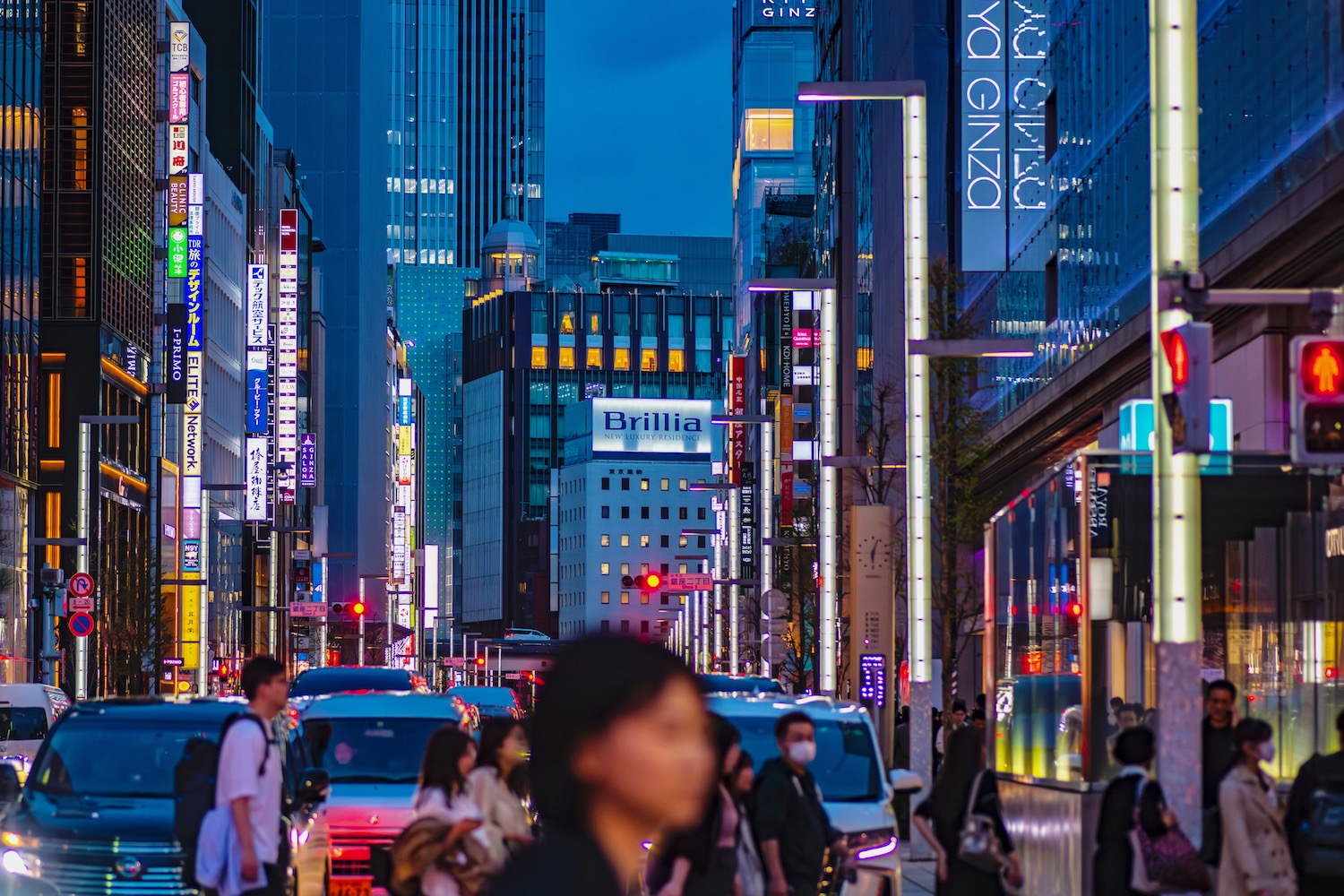
Whether or not you stay there, I’ve always found Ginza highly underrated—and not just for its amazing restaurants, or luxury shopping along Ginza Chuo-dori. For one, it’s where you’ll find Shimbashi Station. Here, you can ride the driverless Yurikamome train onto Odaiba island to visit teamLab Planets, or drive a street kart. Shimbashi-eki also connects directly to Yokohama and Kamakura (two popular Tokyo day trips), not to mention Haneda Airport.
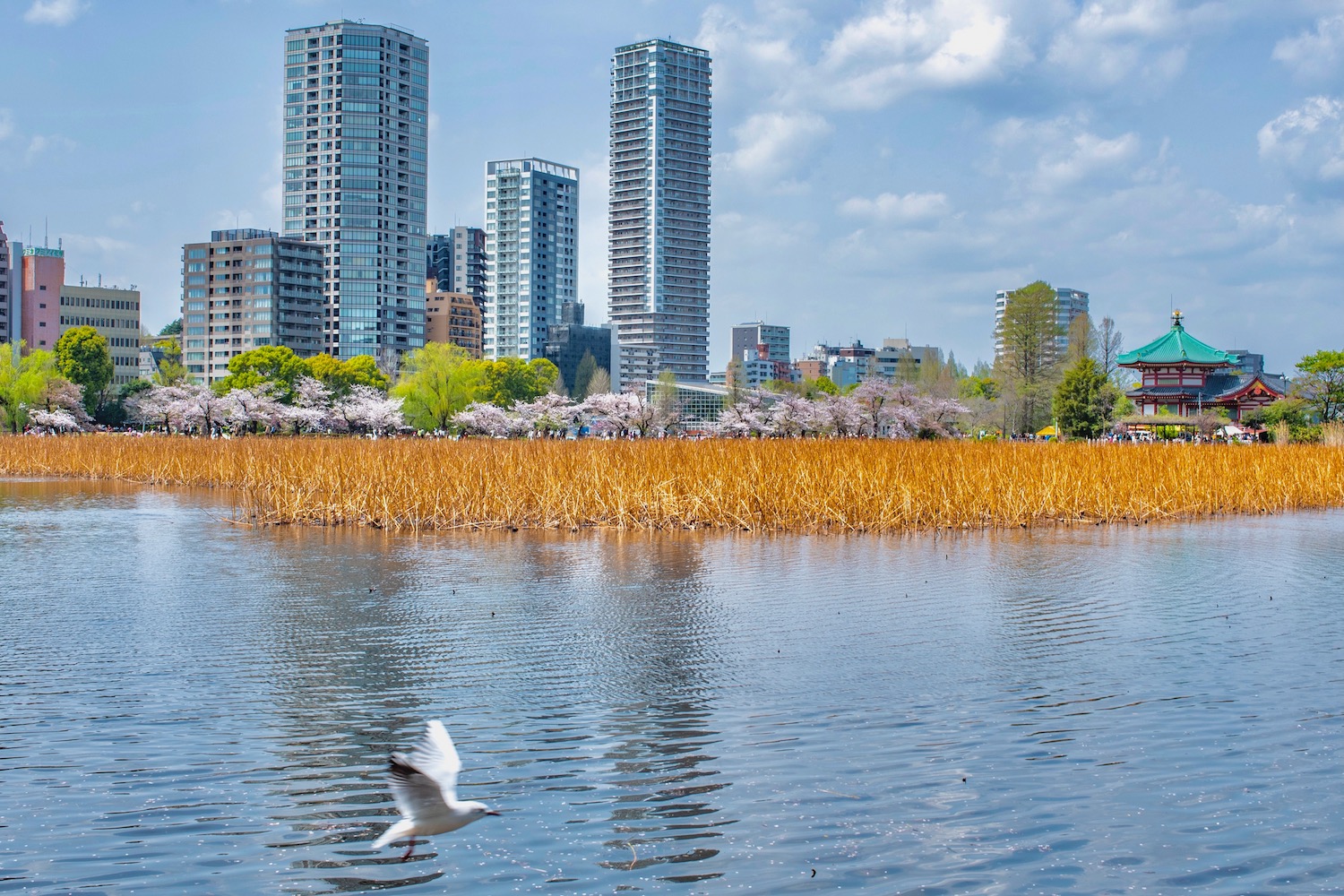
Likewise, while Ueno is not my favorite part of Tokyo for various reasons (Ueno Park isn’t especially relaxing; Ameyayokocho Market is a bit too crowded for my tastes), the Ueno area has some utility. Namely, that if you plan to head northward from Tokyo, it’s a less manic place to board a northbound Shinkansen bullet train than Tokyo Station is. You can also reach Narita Airport from Ueno in less than 40 minutes via the Keisei Skyliner.
Take a day trip, any day trip
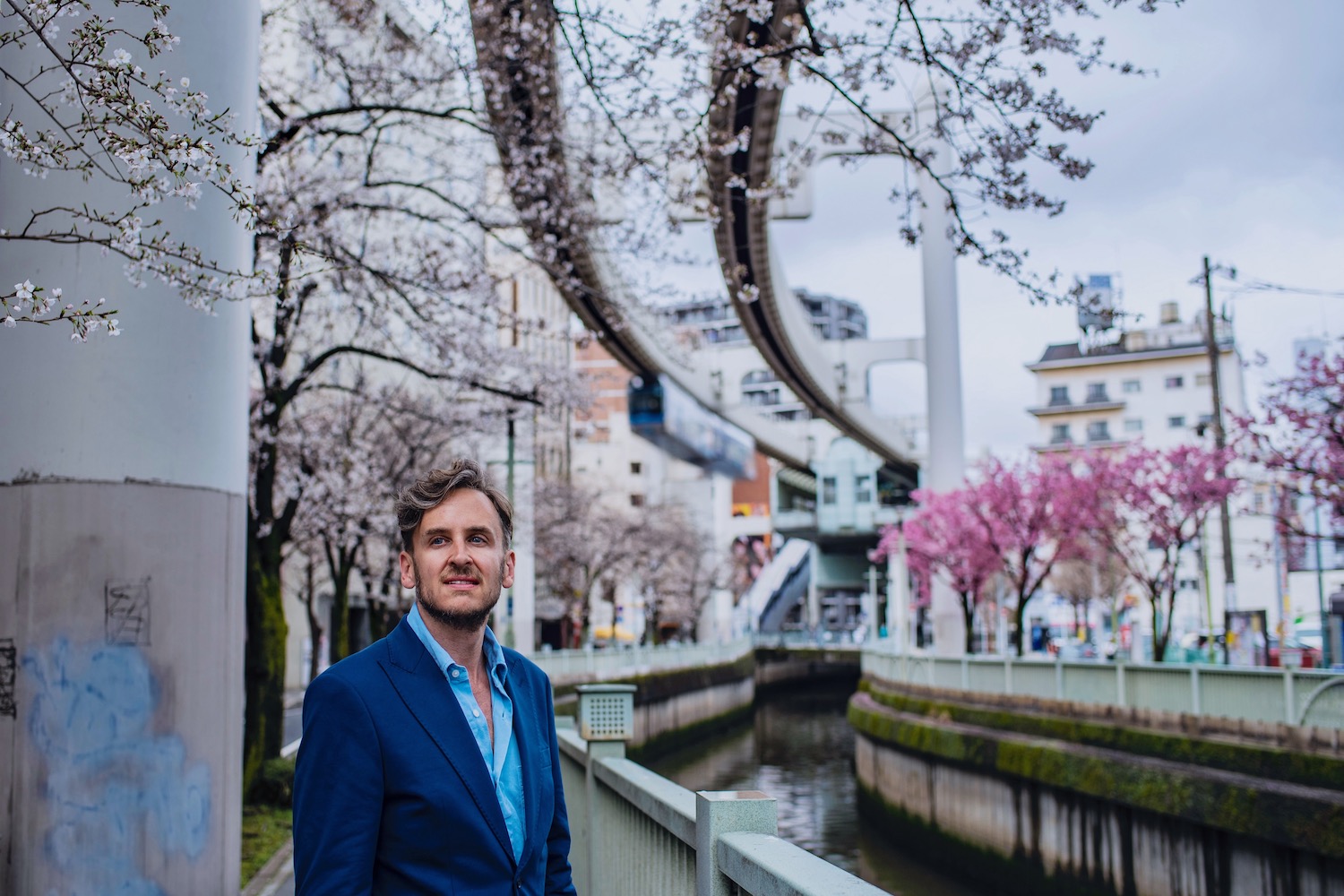
Typically, the question of where to go on a day trip from Tokyo ends up being a debate between Nikko (a historical city in the mountains of Tochigi prefecture) and aforementioned Kamakura, located on the coast. However, many more day trips exist. Some travelers will ride a train from Shinjuku Station to Kawaguchiko in the Fuji Five Lakes region near Mt. Fuji, while others will travel from underrated Ikebukuro to Edo-era Kawagoe.

And there are still more “alternative” options. Some of these are continuations, whether heading westward from Kamakura to Enoshima island or southward to Zushi. Others are different destinations entirely, be that hikes, beaches and iris gardens in Chiba prefecture (home to Narita Airport), a “bonsai village” in Omiya (one Shinkansen stop north of Ueno) or Kairaku-en garden in Mito, the capital of oft-overlooked Ibaraki prefecture.
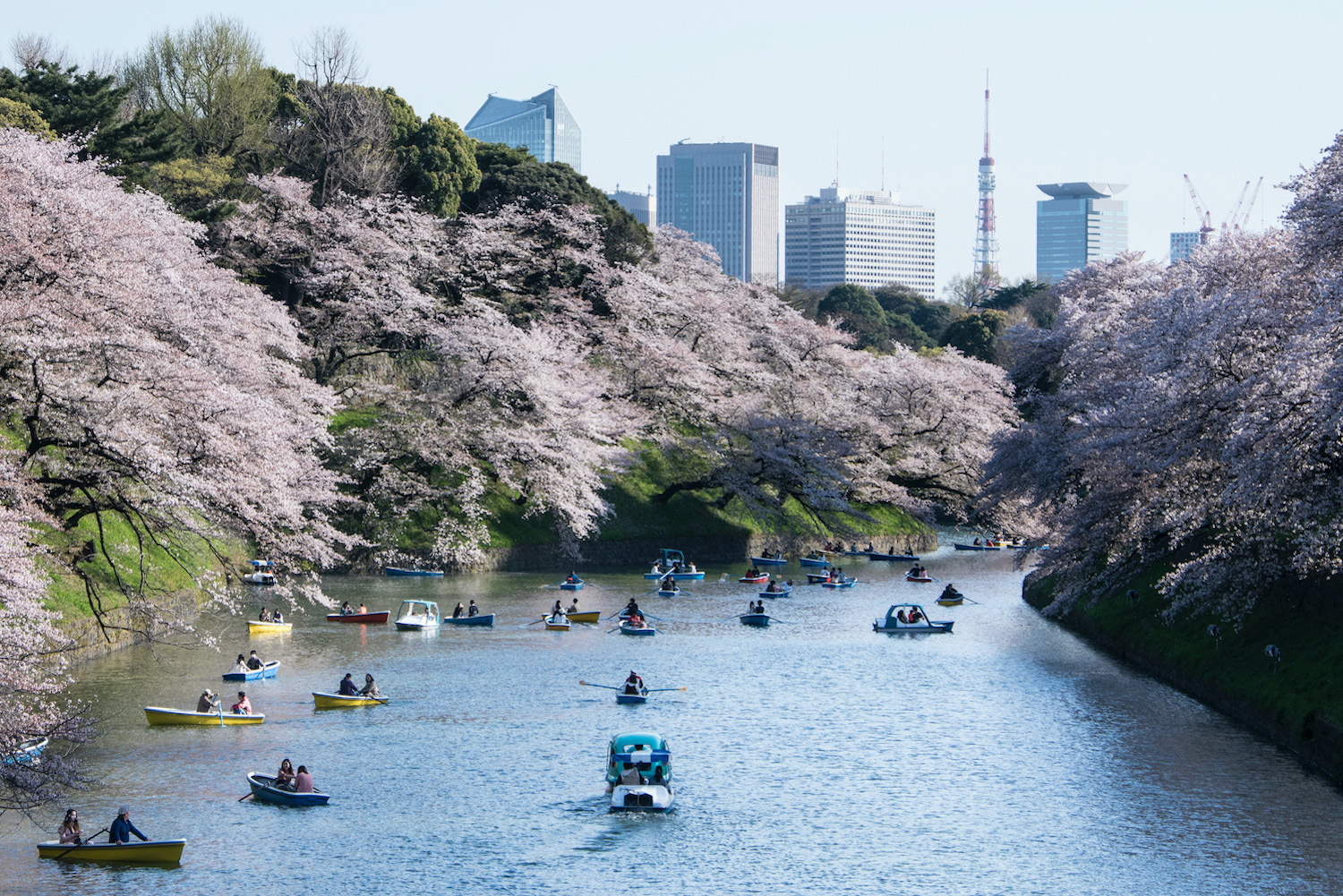
How Long Should You Stay in Tokyo—and When Should You Go?
It might surprise you to learn, but you can fit most of the Tokyo itinerary I’ve outlined above into a span of 3-5 days. A few things can tell you whether to add or subtract days. Obviously, you’ll want to add one day for every day trip you want to take. Conversely, I don’t suggest adding a day to recover from jet lag—which, perhaps paradoxically, is best beaten by hitting the ground running on day one (hence my recommending you start at the fish market!).
Beyond the discussion of how many days in Tokyo, you’ll want to be mindful about when you visit. Tokyo has mild winters but dreadfully hot summers; as a result, it’s only a 365-day destination for some travelers. Conversely, both sakura and autumn color seasons are amazing amid Tokyo’s concrete jungle, with Chidorigafuchi moat and the Meiji Jingu Gai-en Ginkgo Avenue being my favorite spots to enjoy each, respectively.
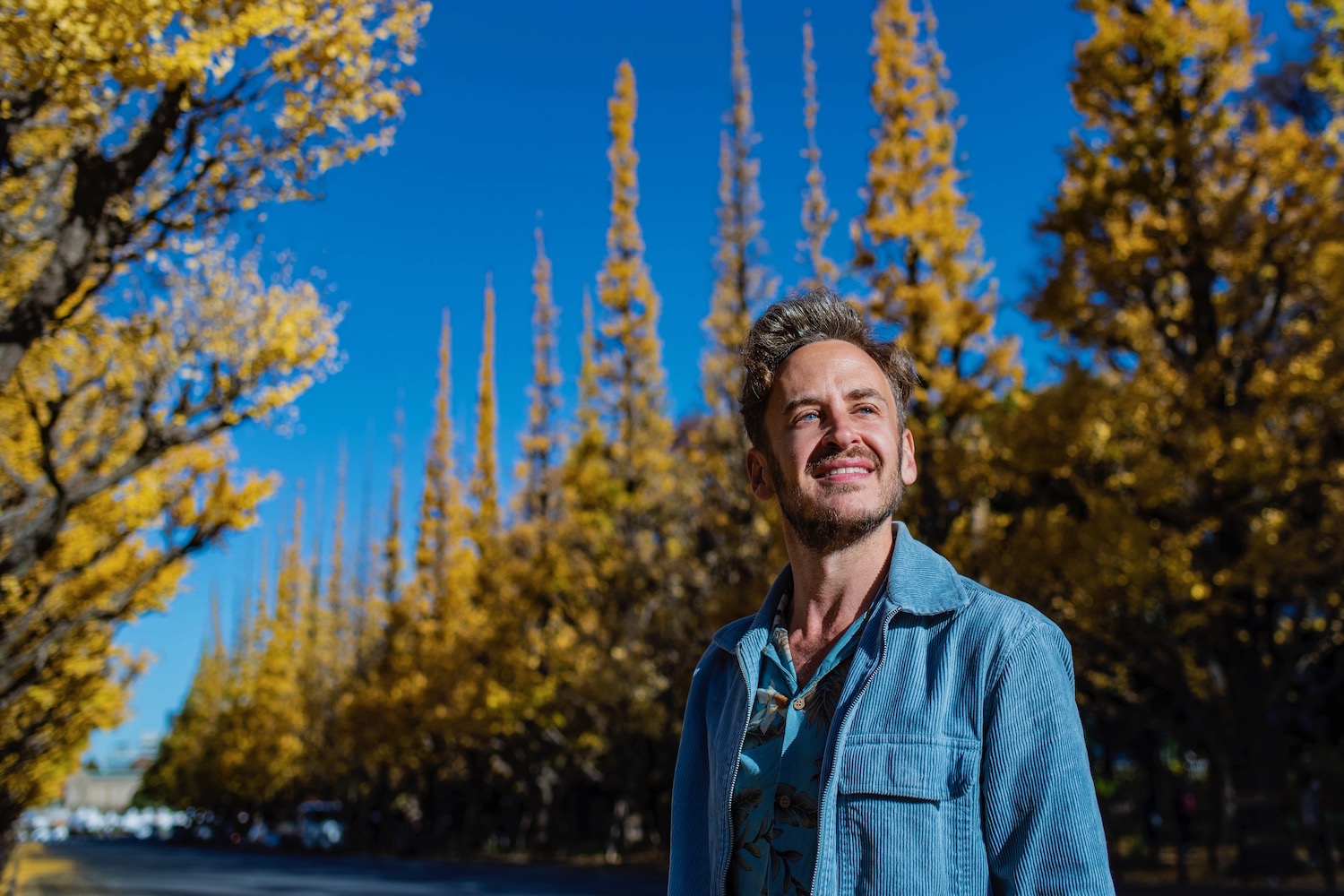
Other FAQ About Planning a Trip to Tokyo
What is the best month to go to Tokyo?
If you aren’t set on seeking the cherry blossoms (which bloom around April 1) or autumn colors (which reach peak brilliance in early December), I actually find the middle of winter (so, around January 15-February 15) to be a great time to visit Tokyo. Skies are clear and temperatures are milder than you’d expect, but most travelers in Japan at this time are skiing up north, leaving the city delightfully uncrowded.
Is Tokyo expensive to visit?
Tokyo is cheaper than you’d expect for a city of its size (owing largely to Japan’s chronically weak yen, and decades of domestic economic stagnation), but definitely has the potential to get expensive. By staying in affordable accommodation and focusing on simple, local eateries over Michelin-starred fad restaurants, most travelers can get by for somewhere between ¥10,000-20,000 per day, if they’re mindful of cost.
Where should I stay in Tokyo for the first time?
Most travelers stay either in Shinjuku or Shibuya—both of these are perfect options for young (or young-at-heart travelers) who want a high-energy base and don’t mind noise or crowds at all hours of the day or night. However, as I’ve gotten older I prefer spots like Ginza (which is more upmarket than Shinjuku, but actually shuts down at night), Kanda (which is close to Tokyo Station, but also surprisingly quiet, especially west of Kanda Station) and Asakusa, which is delightfully tranquil once the day trippers leave, and before they arrive the next morning.
The Bottom Line
I hope you’ve found my Tokyo travel guide helpful, no matter how you previously felt about Japan’s capital. Some travelers throw their hands up as they attempt to plan a Tokyo itinerary, feeling that they can’t possibly account for all the city’s highlights in less than a week. Others convince themselves that Tokyo isn’t worth visiting at all, preferring to focus on more traditional places in Japan. The good news? I imagine that most of you, whether you were overwhelmed by Tokyo or simply uninterested in the city when you arrived here, now feel more confident and enthused. The better news? You can commission a custom Japan itinerary to take your trip to the next level.



